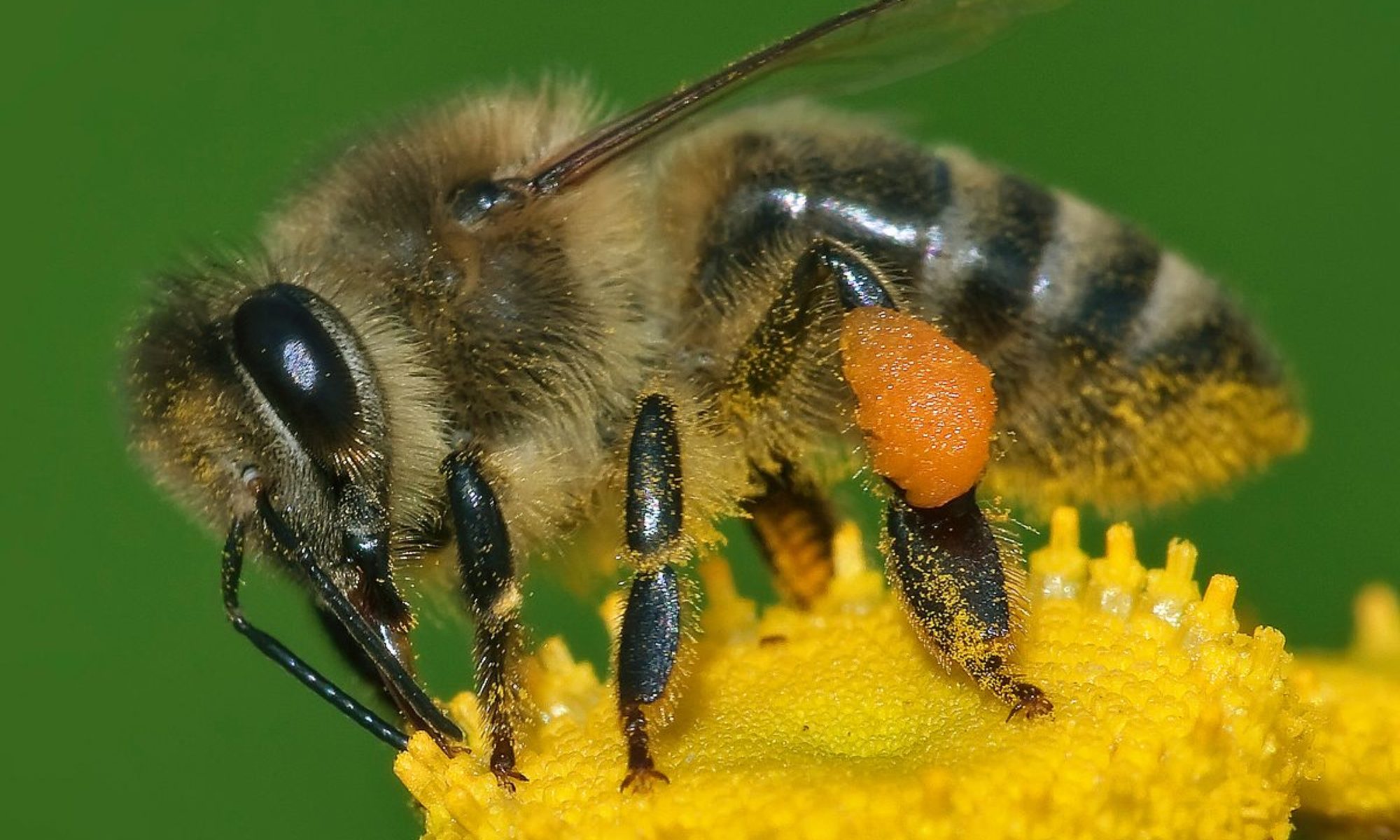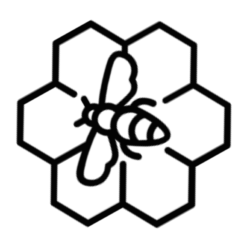Number 1 on the list has to be to just “plug up the hole” or “fill-a-foam the hole” that the bees are going in and out of
There is a big misconception out there. That if bees are entering a building via a hole or vent, you should just plug up that hole. This bad advice thinks it will prevent more bees from entering the structure. We can’t stress enough how WRONG this advice is.
Why doesn’t this work?
A bee colony consists of thousands of bees. The bees only spend the latter quarter to third of their lives actually going in and out of the hive. They spend the majority of the time inside. Plugging up the hole will only prevent the 40% of the colony from coming back inside to the colony. This is also why you tend to see a lot more bees towards late afternoon. By plugging the hole, instead of encouraging the bees to leave, it often PREVENTS the bees from getting out! So now, the thousands of bees inside will chew their way back out. Often flooding the interior of the home via the vents or canned lighting. Yes, they can chew through fill-a-foam and a lot of other materials and will find a way back out! This is how a bee problem quickly turns into a bee emergency!
Number 2 on the list has to be to just spray the bees nest
Doesn’t matter if it’s water or insecticide, you’ll only annoy the bees. This will cause the guard bees to come after you. It’s the best way to get stung and stung often.
Why doesn’t this work?
Partly, the answer is the same as the first one. The majority of the bees are not near the outside nor near entrance of the bees nest. You are only reaching maybe 20% of the colony by spraying them. There are still thousands of bees inside. Not the mention the larvae and pupae waiting to hatch out. It takes weeks for all the bees to hatch from inside the comb. IF you don’t remove it, the next swarm of bees will take it’s place. You should always have the bees and the comb fully removed whenever possible. If there is existing comb inside a cavity , the next bees will simply grow larger faster with each reoccurring group of bees until you remove the bees nest completely.

